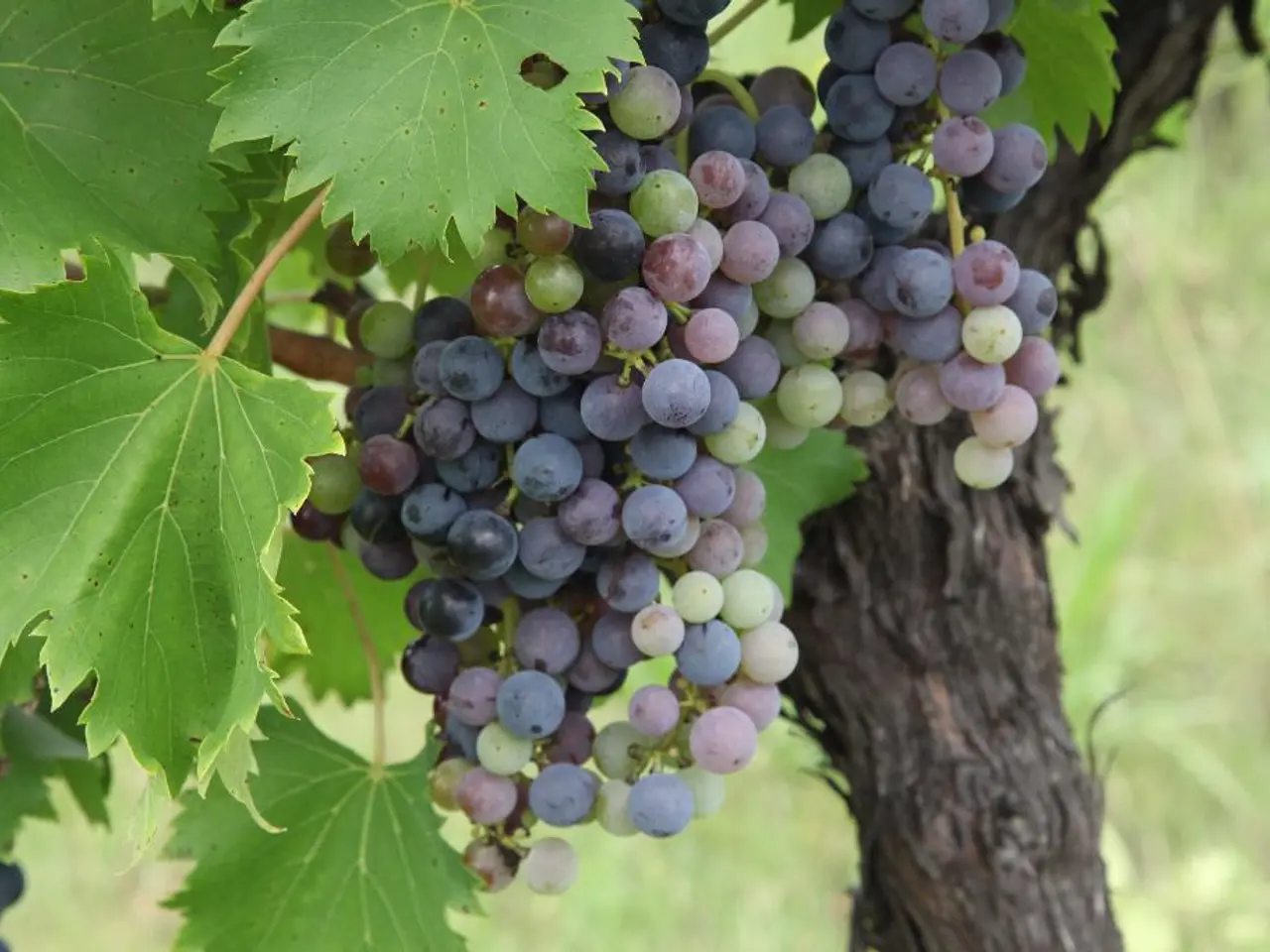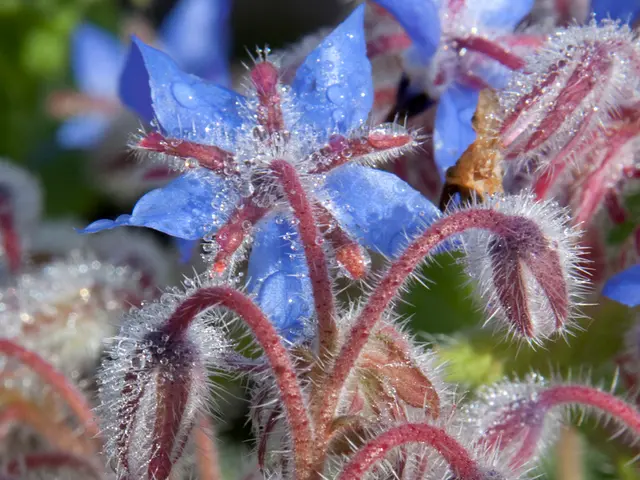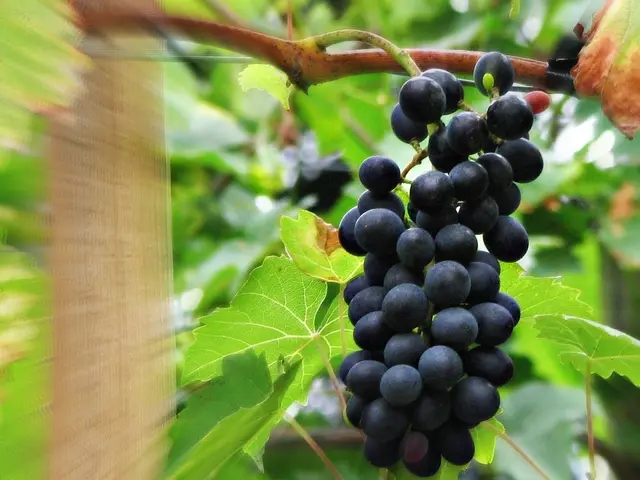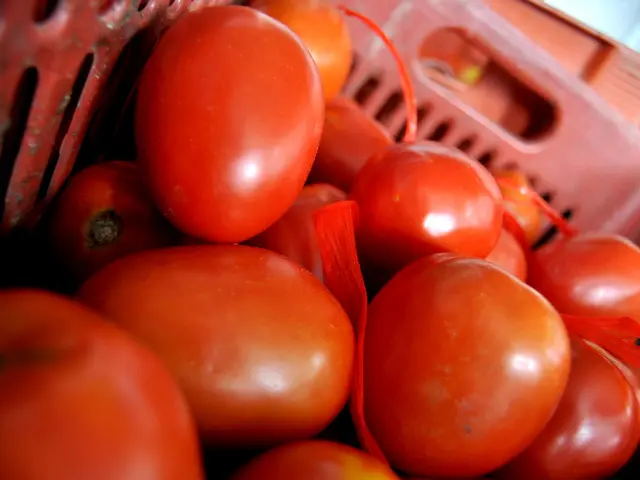Grapevine Pruning: Timing Matters for Optimal Growth
Grapevine pruning, a vital vineyard management task, should be timed carefully to safeguard plants and ensure optimal growth. The ideal seasons and methods vary based on climate and vine variety.
In southern regions, spring pruning is advised before sap flow begins and buds swell, typically late February to early March. This allows for removal of frost-damaged branches and precise vine shaping before the growing season.
In areas with mild winters and low frost risk, pruning is often done in autumn or winter to prepare vines for the growing season. After leaf fall, when temperatures consistently drop, and buds are dormant, pruning 15–20 days later is ideal. Autumn pruning helps remove unripe, damaged, or weak shoots, making winter survival easier. It also saves time in spring and prevents overcrowding.
However, in regions with prolonged freezing periods and harsh winters, it's better to delay pruning until early spring to avoid frost damage to fresh cuts. Spring pruning is better suited for young vines, heat-loving varieties, and harsh winter areas.
Timing grapevine pruning depends on climate and vine variety. Spring pruning, before sap flow and bud swell, is ideal for southern regions and harsh winter areas. Autumn pruning, after leaf fall and before winter dormancy, is suitable for mild winter regions. Both methods have their benefits and are crucial for vine health and growth.








